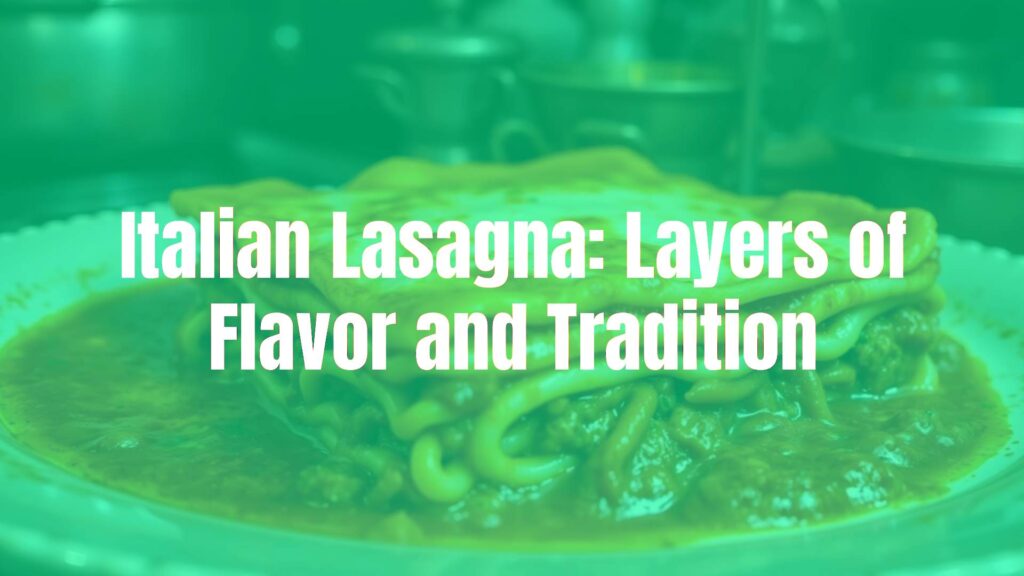Understanding Italian Lasagna
Italian lasagna is an iconic dish that embodies the heartiness and warmth of Italian culinary traditions. Unlike other baked pasta dishes, lasagna is known for its unique construction: thin sheets of pasta layered with rich sauces, a mixture of meats or vegetables, and generous amounts of cheese. The result is a comforting, texturally varied entrée that has captured the imaginations—and appetites—of food lovers around the globe.
Historical Origins and Cultural Roots
Lasagna has ancient roots, with some culinary historians tracing its lineage back to Greek and Roman times, when similar layered breads and pasta were enjoyed. However, the lasagna we recognize today emerged during the Middle Ages in the region of Emilia-Romagna, particularly becoming famous in Bologna. Throughout centuries, it has evolved based on local ingredients and preferences, but its soul remains steeped in Italian home cooking. Lasagna is often served as a celebratory dish, bringing families together for Sunday meals or festive occasions.
Core Ingredients and Construction
At its foundation, authentic Italian lasagna features wide, flat pasta sheets—often made with fresh egg dough. The filling typically combines a slow-simmered meat ragù (commonly made with beef, pork, or a blend), béchamel sauce (a creamy white sauce), and grated cheeses such as Parmigiano-Reggiano. Some versions also include mozzarella for extra richness. Each layer is meticulously assembled to ensure a balance between sauce, pasta, and cheese, resulting in a harmonious interplay of flavors and textures.
Distinctive Characteristics
A well-prepared lasagna is characterized by its tender yet slightly al dente pasta, savory meat sauce, velvety béchamel, and a golden, bubbling cheese topping. Its structure should be cohesive enough to slice, yet moist and creamy in the mouth. The flavors meld during baking, with each layer imparting its own personality without overpowering the others.
Regional Variations Across Italy
While the classic lasagna alla Bolognese from Emilia-Romagna is perhaps the most renowned, numerous regional adaptations exist throughout Italy. In Naples, for example, lasagna is often made with ricotta and a tomato-based ragù, sometimes studded with small meatballs, sausage, and hard-boiled eggs. In Liguria, vegetarian versions using pesto and vegetables are popular. Each region brings its traditions and available ingredients to the table, creating local spins that are celebrated in their own right.
Ingredient Substitutions and Modern Interpretations
For those seeking alternatives, lasagna can be adapted in countless ways. Gluten-free pasta sheets, plant-based ragùs using lentils or mushrooms, and non-dairy cheeses are now widely used for dietary needs. Some chefs experiment with seafood, greens like spinach, or pumpkin in the filling, broadening lasagna’s appeal without sacrificing its comforting essence.
Serving Suggestions and Pairings
Lasagna is typically presented as a main course, best enjoyed hot from the oven with a brief rest to allow the layers to set. It pairs well with crisp green salads, roasted vegetables, and rustic Italian breads. For beverages, a medium-bodied Italian red wine such as Sangiovese or Chianti complements the dish’s rich flavors, while a simple sparkling water is ideal for a lighter meal. Dolci such as tiramisu or panna cotta round out a classic Italian dining experience.

